When it comes to catching Zs, the animal kingdom serves up a wild variety of bizarre behaviors. From creatures that snooze away an entire season to others with peculiar ways to rest, get ready to be captivated by these astonishing sleep habits!
1. Bears Are The Ultimate Snoozers
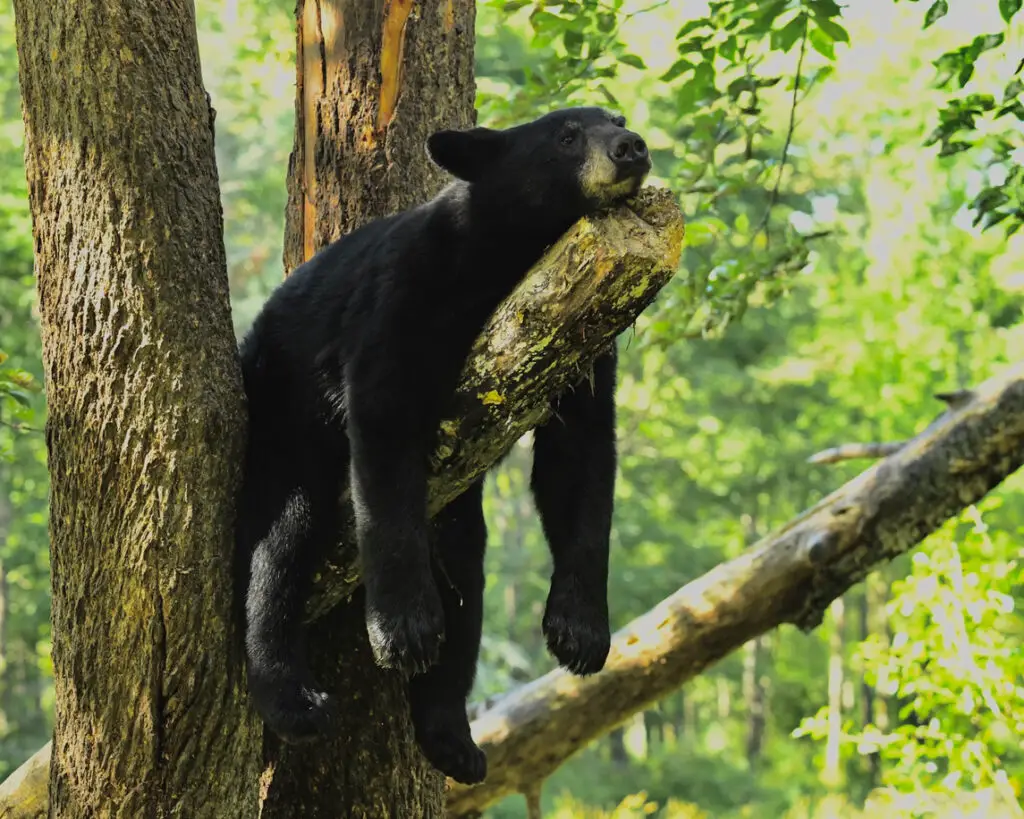
iStock
While they are known for long periods of hibernation in the winter, during their active seasons (spring, summer, and fall), bears often rest during the day. These naps are usually short and can take place in shaded areas, under (or up in trees like in this photo), or in dense vegetation to stay cool and hidden.
2. Sea Otters Are Rafting Sleepers
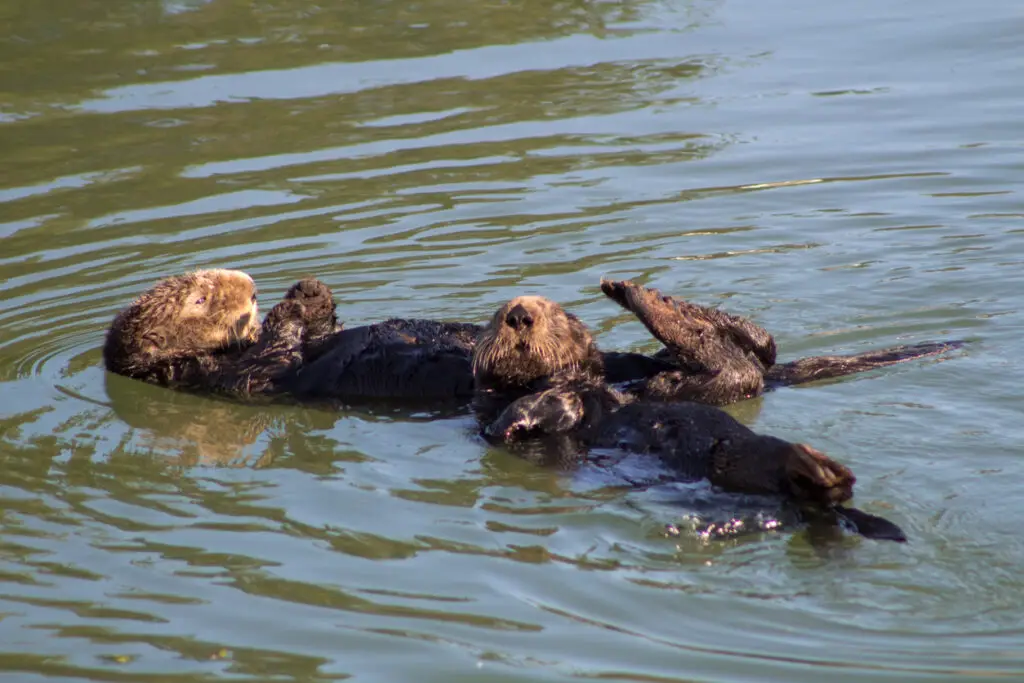
iStock
To keep from drifting apart while they sleep, sea otters hold hands, forming “rafts” of sleeping otters. This adorable behavior, combined with anchoring themselves in kelp beds, helps them stay secure and together during slumber.
3. Koalas Can Sleep 22 Hours a Day
Wikimedia Commons
Endearing yet lethargic, koalas spend up to 22 hours a day sleeping. Despite perceiving eucalyptus leaves as food goldmine, their low-nutrition diet demands immense energy conservation through epic bouts of rest.
4. Arctic Ground Squirrels Are True Hibernators
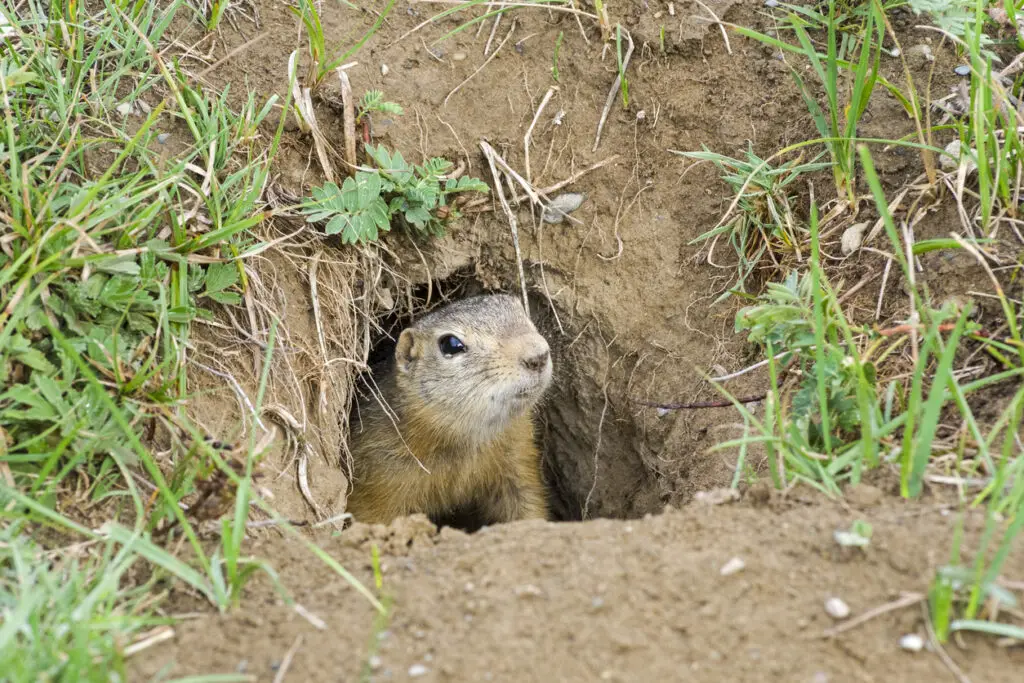
iStock
Unlike bears, Arctic ground squirrels take hibernation to another level. They drop their body temperatures below freezing, using supercooling techniques to survive harsh winters for up to 8 months in a near-suspended animation state!
5. Alpine Marmots Are Communal Nappers
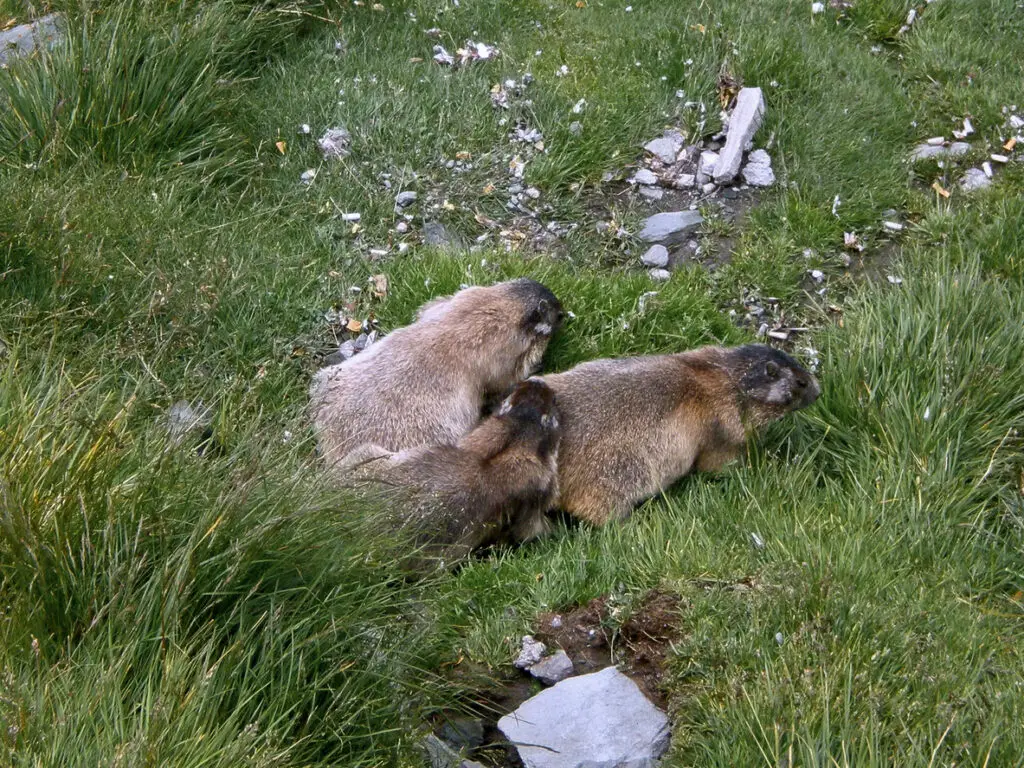
iStock
These marmots create sleeping huddles to survive the freezing Alps during winter. By sharing body heat, swaddled tightly together, they expertly regulate their group warmth—a real community power nap!
6. Dolphins Are Half-Brain Sleepers
Pexels: tonynojmansk
Ever wonder how dolphins stay awake and keep breathing in the ocean? Dolphins practice unihemispheric slow-wave sleep, where one brain hemisphere sleeps while the other stays awake to ensure they keep swimming and breathe consciously.
7. Frogs: Living in Ice
Wikimedia Commons
While it’s less sleep and actually a form of hibernation called “freeze tolerance”, Wood Frogs survive winter by nearly freezing solid. Their bodies produce glucose as antifreeze, protecting cells from damage. Voilà—half-frozen frogs wake up come spring, shrugging off their icy slumber like nothing’s happened!
8. Frigatebirds Are Masters of the Micro-Nap
Pexels
Traveling immense distances over the ocean, frigatebirds take episodes of “microsleep” just seconds at a time while soaring above water, occasionally on one hemisphere, to ensure they can keep flying for days without pausing their marathon journey.
9. Horses Are Standing Sleepers
Wikimedia Commons
Horses are true minimalists, needing only a few hours of sleep per day. They can lock their leg joints to nap standing up, letting them spring to action quickly if they sense danger. They only lie down for deeper REM sleep when they feel truly secure.
10. Sloths: Jungle Kung-Fu Sleepers
YouTube
Known for their astonishingly slow pace, sloths aren’t actually lazy but energy conserving—and sleep about 15-18 hours daily. Their slower metabolic rate means life in the slow lane is their key cushy survival trick.
11. Swifts Can Nap In the Sky
Wikimedia Commons
Whitening the skies in perpetual flight mode, swifts live on wing for incredible months-long stretches thanks to a wondrous sleep strategy—”snooze while flying!” Scientists believe they employ micro-moments of slumber to catch breathtaking sky-shuteye.
12. Walruses Are Multi-Environment Nappers
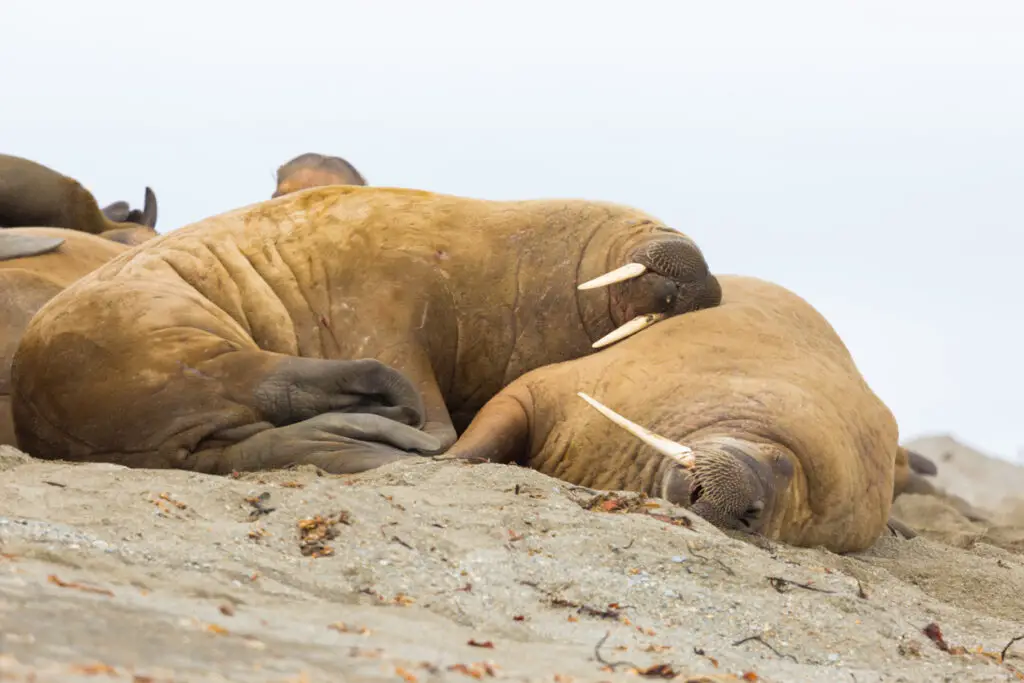
iStock
Walruses are experts in sleep adaptability. These massive marine mammals can snooze in the water, floating on the surface, or even lying on land. They can go without sleep for up to 84 hours during foraging trips and then make up for lost time by sleeping for up to 19 hours straight when they finally rest.
13. Giraffes Are Minimalist Sleepers
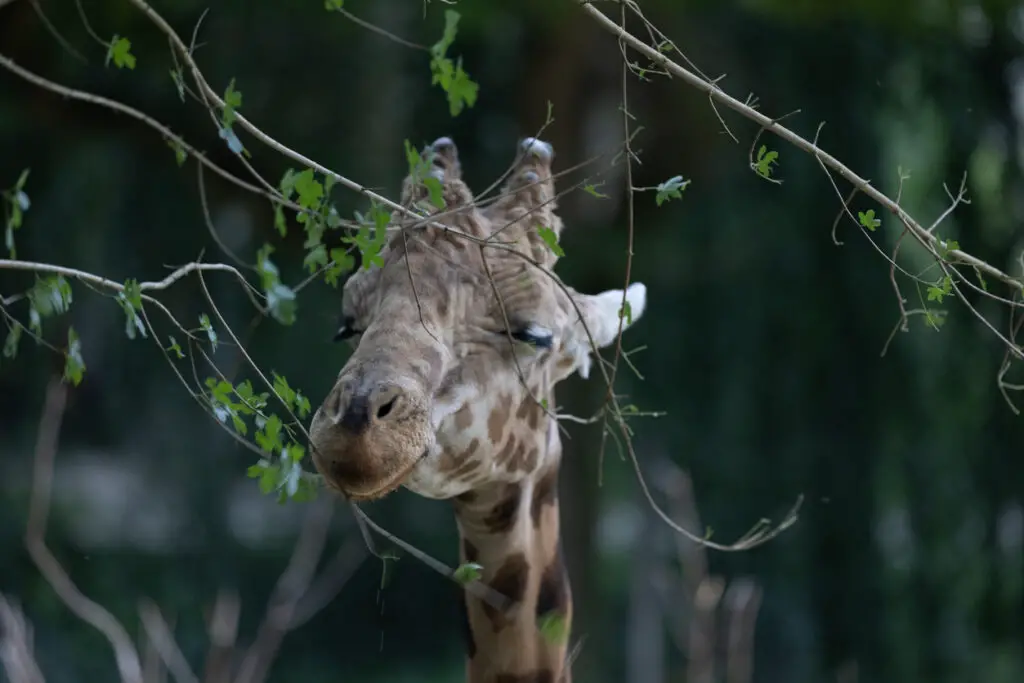
iStock
Giraffes need only about 30 minutes to 2 hours of sleep per day, often split into brief naps. They sleep standing up or by folding their necks back to rest on their bodies while lying down. Their short sleep duration keeps them on high alert for predators on the Savannah.
14. Ants Actually Sleep by Rotations
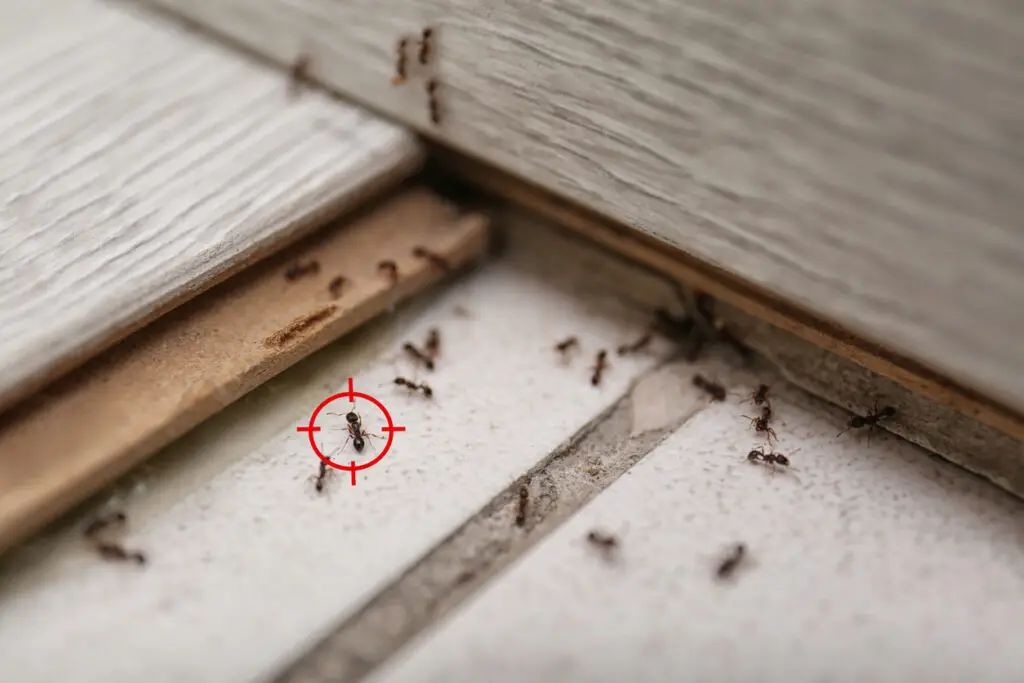
iStock
Ant colonies maintain productivity by sleeping in short rotations. Each ant takes brief naps, totaling about 4-5 hours of rest a day, while their nestmates continue working. This strategy ensures that the colony is always active and functioning smoothly.
15. Manatees Are Slow-Float Nappers
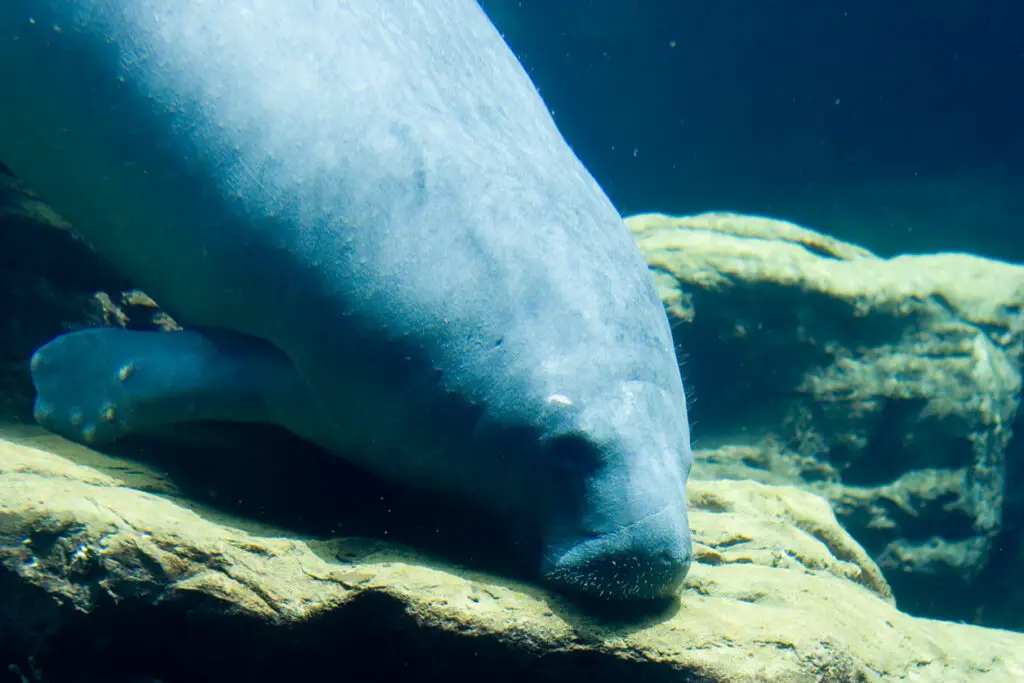
iStock
Manatees are gentle giants who sleep underwater, rising to the surface every 20 minutes or so for a breath. They often rest suspended near the water’s surface or on the bottom, floating lazily as they doze—a true picture of underwater calm.


